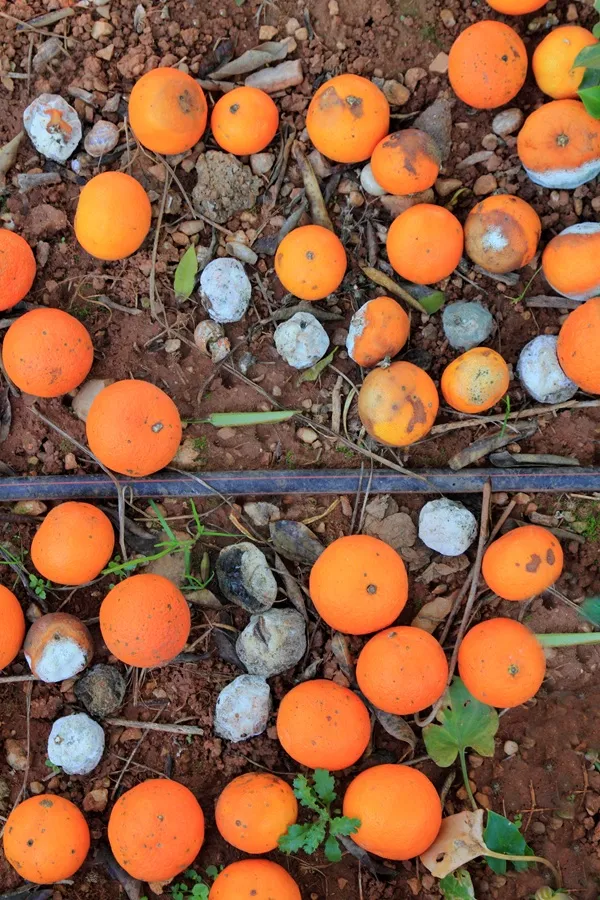Table of Contents
Kabocha Squash: The Ultimate Guide to the Japanese Pumpkin
Kabocha squash, often called the "Japanese pumpkin," is a beloved winter squash prized for its sweet, nutty flavor, velvety texture, and exceptional nutritional profile. From its vibrant hues to its versatility in global cuisines, kabocha is a culinary gem. This guide explores every facet of kabocha squash, from cultivation to kitchen creativity.
What is Kabocha Squash?
- Origin: Native to the Americas, kabocha (Cucurbita maxima) was introduced to Japan in the 16th century, where it became a staple.
- Appearance: Round, squat shape with a knobbly, dark green rind (often striped) and bright orange flesh. Some varieties have orange-red or gray-blue skin.
- Flavor: Sweeter and denser than butternut squash, with notes of chestnut and sweet potato.
- Texture: Creamy and starchy when cooked; the skin becomes tender and edible.
Global Varieties
- Miyako: Classic Japanese variety with deep green skin and rich flavor.
- Ebisu: Sweeter, with reddish-orange skin.
- Buttercup Squash: A close relative popular in North America, slightly less sweet.
- Thai Kabocha: Smaller, with a stronger sweetness and vibrant orange flesh.
Nutrition & Health Benefits
- Low Calorie: ~30-40 calories per 100g.
- Rich in Nutrients:
- Beta-carotene (converts to vitamin A): Supports eye health and immunity.
- Vitamin C: Boosts collagen and immunity.
- Fiber: Promotes gut health and satiety.
- Potassium: Regulates blood pressure.
- Glycemic Index (GI): ~50-65 (lower than potatoes), making it suitable for diabetics.
- Health Benefits: Anti-inflammatory, antioxidant-rich, and may aid weight management.
Can You Eat Kabocha Raw?
- Yes, but it’s uncommon. The raw flesh is crunchy and mildly sweet (similar to cucumber).
- Caution: The skin is tough when raw; peel or slice thinly for salads.
Culinary Uses
Kabocha’s versatility shines in both savory and sweet dishes:
- Soups & Stews: Puree into creamy soups (e.g., Japanese kabocha no nimono).
- Curries: Adds sweetness to Thai or Japanese curries.
- Roasted: Toss with olive oil, salt, and paprika for caramelized edges.
- Baking: Substitute in pies, muffins, or breads.
- Tempura: Lightly battered and fried for a crispy treat.
- Desserts: Simmer with coconut milk for a Thai dessert or blend into cheesecake.
Quick Recipe: Kabocha Fries
Slice into wedges, toss with oil and curry powder, roast at 400°F (200°C) for 25 minutes.
Cultivation & Farming
- Climate: Thrives in warm, sunny climates (60–85°F / 15–30°C) with well-drained soil.
- Pollination: Requires bees; hand-pollinate if necessary.
- Diseases/Pests: Susceptible to powdery mildew, squash bugs, and vine borers. Use crop rotation and organic pesticides.
- Harvest: Ready in 90–120 days; harvest when the stem dries and the rind hardens.
- Home Farming: Grow in raised beds or containers with ample space. ROI is high due to its popularity at farmers’ markets.
Major Producers & Trade
- Top Producers: Japan, South Korea, Thailand, and the U.S. (California).
- Exporters: Japan and Thailand lead exports to Asia and North America.
- Importers: U.S., Canada, and European nations (rising demand for Asian vegetables).
Storage & Preservation
- Whole Kabocha: Store in a cool, dark place for 2–3 months.
- Cut Kabocha: Wrap in plastic and refrigerate for up to 1 week.
- Freezing: Blanch cubed kabocha for 2 minutes, freeze in airtight bags for 6–12 months.
Byproducts & Innovations
- Kabocha Puree: Used in baby food, soups, and baked goods.
- Flour: Dried and ground for gluten-free baking.
- Snacks: Dehydrated kabocha chips or dog treats.
- Cosmetics: Beta-carotene extracts in skincare products.
Challenges & Shortages
- Climate Sensitivity: Droughts or excessive rain reduce yields.
- Pests/Diseases: Organic farming demands careful management.
- Demand Surges: Global interest in Asian cuisines strains supply chains.
Why Kabocha is Worth the Hype
Kabocha’s sweet flavor, nutritional density, and adaptability make it a superstar in kitchens worldwide. Whether roasted, steamed, or blended into a latte, this squash offers a delicious way to boost health and creativity.
Final Tip: To easily cut kabocha, microwave whole for 2–3 minutes to soften the rind!









